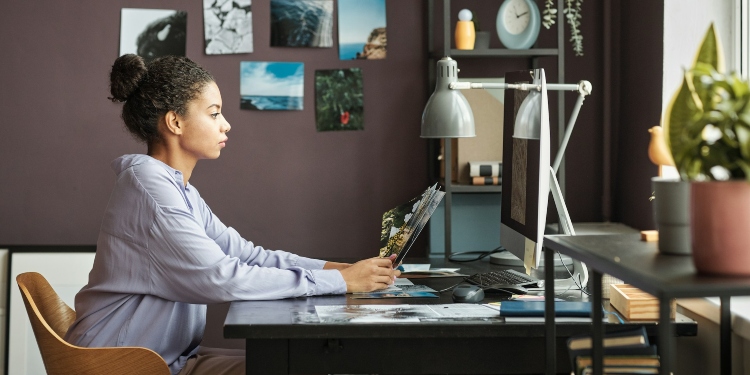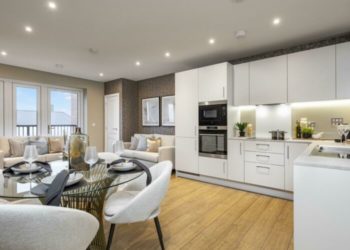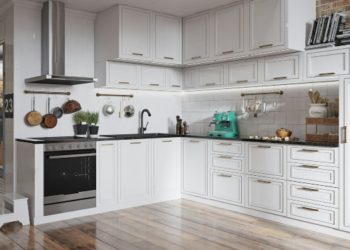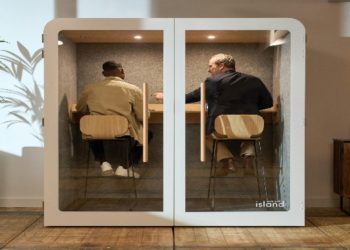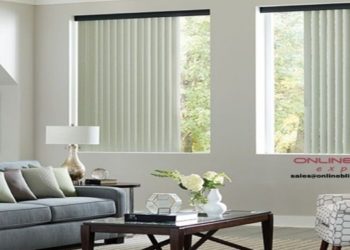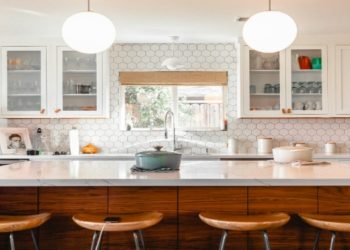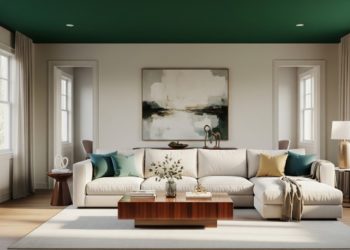In a world where remote work is becoming the norm, creating a home office that balances functionality and style is more important than ever. Whether you’re a homeowner, a DIY enthusiast, or a freelancer, a well-designed home office can enhance your productivity and improve your work-life balance. This guide will walk you through everything you need to know about designing a home office that works for you, covering everything from equipment to organisation and aesthetics.
The Importance of a Well-Designed Home Office
Having a dedicated workspace at home is more than just a trend; it’s a necessity for anyone navigating the world of remote work. A functional home office can significantly impact your ability to focus and perform tasks efficiently. It provides a space where you can separate work from leisure, reducing stress and increasing productivity. A well-thought-out design doesn’t just look good—it can also make your workday smoother and more enjoyable. By investing time and effort into creating the right environment, you’ll find yourself more prepared to tackle daily tasks.
Choosing the Right Location
The first step in designing your home office is selecting the perfect spot. Ideally, you’ll want a quiet area with minimal distractions, plenty of natural light, and enough space to accommodate your needs. If possible, choose a room with a door you can close, which can help establish boundaries between work and home life. If a separate room isn’t an option, consider using partitions or furniture to create a distinct workspace within a larger area. A strategic location can make a huge difference in your ability to concentrate and stay motivated throughout the day.
Essential Equipment for Productivity
Equipping your home office with the right tools is crucial for maintaining productivity. Start with the basics—a reliable computer, a high-speed internet connection, and a comfortable home office chair and desk. Depending on your work, you may need additional items like a printer, scanner, or specialised software. Investing in quality equipment can save you time and frustration, ensuring you can focus on your tasks without technical hiccups. Consider ergonomic options, which can enhance comfort and reduce the risk of strain and fatigue.
Ergonomic Office Chairs for Comfort
A quality ergonomic office chair is one of the best investments you can make for your home office. Sitting for long periods can lead to discomfort and health issues, so it’s essential to choose a chair that supports good posture. Look for one with adjustable height, seat depth, and lumbar support. Mesh backrests offer breathability, while cushioned seats provide comfort during long work sessions. By prioritising ergonomics, you’ll create a more comfortable workspace that supports your physical health.
Storage Solutions to Keep You Organised
Effective storage solutions are key to maintaining a tidy and organised home office. Clutter can be a major distraction, so it’s important to have a system in place for keeping everything in order. Consider installing shelves, cabinets, or a filing system to store documents and supplies. Use organisers for smaller items like stationery or cables. By keeping your workspace neat, you’ll be able to focus more easily and find what you need without wasting time searching through piles of clutter.
The Role of Lighting in a Home Office
Lighting plays a crucial role in creating a productive work environment. Adequate lighting can reduce eye strain and improve overall well-being. Whenever possible, take advantage of natural light by positioning your desk near a window. Supplement this with task lighting, such as a desk lamp with adjustable brightness. Avoid harsh overhead lights, which can cause glare and discomfort. The right lighting setup can make your home office inviting and comfortable, helping you stay focused throughout the workday.
Colour and Decor for a Pleasant Atmosphere
The colours and decor in your home office can significantly impact your mood and productivity. Choose a colour palette that inspires and energises you, such as soft blues, greens, or warm neutrals. Decorate with items that bring you joy, like artwork, plants, or personal mementos. Keeping the space clutter-free and visually appealing can make your office a place you enjoy spending time in, which can boost your overall work satisfaction.
Incorporating Technology into Your Design
Integrating technology into your home office design can improve your productivity and keep you connected. Ensure your office is equipped with the latest tech tools that support your work, such as cloud storage, video conferencing equipment, and smart devices. Opt for cable management solutions to keep wires and cords tidy, creating a cleaner and more efficient workspace. Technology should work for you, not against you, so choose tools that enhance your productivity and make your work life easier.
Balancing Practicality with Aesthetics
A home office should be both practical and aesthetically pleasing, creating a space where you can work effectively and enjoyably. Aim for a balance between functionality and design by selecting furniture and decor that meet your needs while reflecting your style. Seek out pieces that are both attractive and utilitarian, like a stylish yet sturdy desk or a decorative storage solution. By considering both practicality and aesthetics, you’ll create a space that’s uniquely yours.
Your New Work Space
Designing a home office that blends functionality with style can transform the way you work. By choosing the right location, equipment, and decor, you can create a space that supports productivity and enhances your work-life balance. Remember to consider ergonomics, organisation, and personalisation as you design your workspace. With these tips in mind, you’re well on your way to creating a home office that’s both practical and inspiring.
David Prior
David Prior is the editor of Today News, responsible for the overall editorial strategy. He is an NCTJ-qualified journalist with over 20 years’ experience, and is also editor of the award-winning hyperlocal news title Altrincham Today. His LinkedIn profile is here.






















































